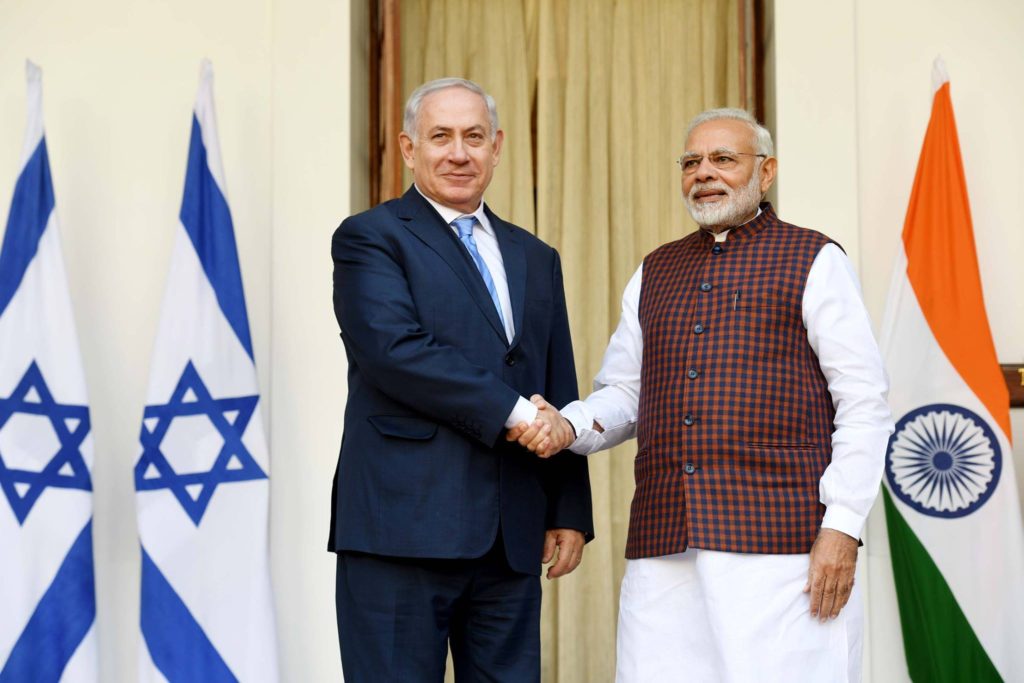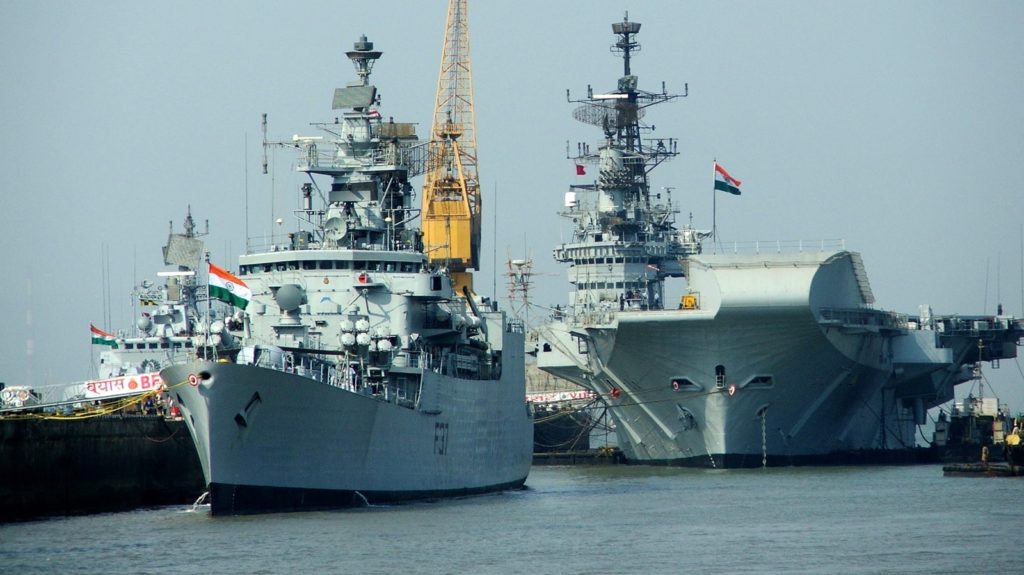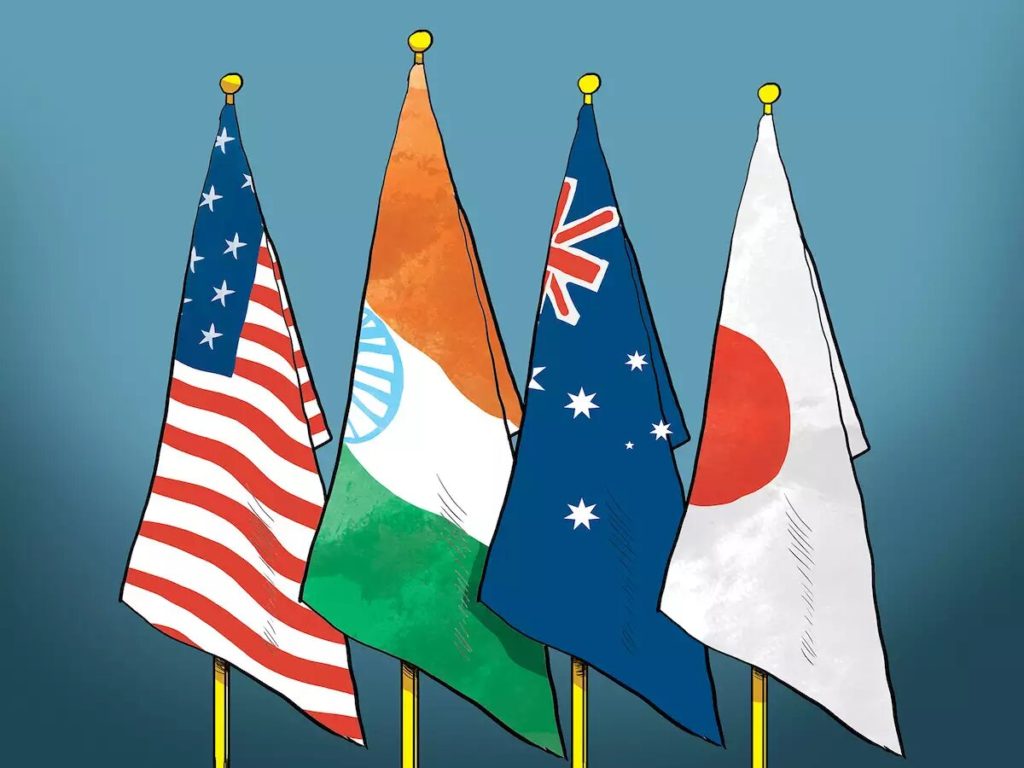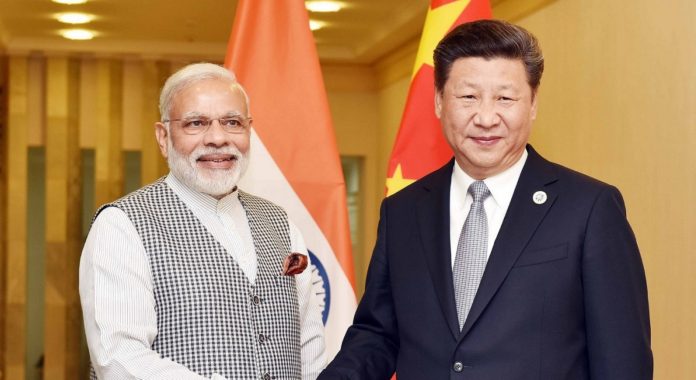The modern pattern of Indian foreign policy have introduced various models of its extra-regional diplomatic efforts in which a major transformation in New Delhi’s bilateral to the multilateral approach with the world beyond its neighbors has become an undeniable reality and an irrefutable truth. The diplomatic frameworks of New Delhi always remained active in the Indian foreign policy which tries to explore the cooperative potential of the international community apart from its home region. The dramatic evolution of its hostility with the Chinese and Pakistani neighbors is an appropriate example of this argument, which could get more validation from the varying levels of Indian confrontations with its other South Asian neighbors. Indian leadership believes in a dominating role of India in its home region while influencing the territorial and maritime affairs of the same region. The quest for hegemonizing the mainstream political order of its domestic region primarily leads the Indian leadership, under different political administrations, towards the aligning of New Delhi with selective nations of the world. Thus, the nations with high economic growth and advanced technological developments have always remained the prime goal of Indian diplomatic forces. The prevalence of this mindset remained a dominating factor in Indian foreign relations throughout history. This scenario has facilitated Indian leaders in cultivating an influential role in the international community while creating an unstable regional order in its home region where it has a long history of multileveled hostile interactions with the territorially adjoining countries. Without considering the impact of its growing strategic cooperation with the advanced nations, the Indian leadership is strong-minded in signing defense pacts and security agreements with different nations. The construction of multilayered strategic bonds with the nations which are especially involved in global power politics is actually enabling New Delhi to augment its influential behavior against its neighbours.
The pursuit of establishing strategic collaboration with the states with developed economic and advanced technological levels has actually let India connect its domestic defense industry with the advanced Military-Industrial Complexes of the world. In this way, the Indian leadership has decided to diversify its strategic bilateralism with other states while crafting new alliances with the states located in different regions.

The transformation of Indian bilateral interaction with other states into multilateral cooperation under the broader framework of its engagement in the international community has revealed many faces of New Delhi’s global engagement. The debate on the expanding Indian influence internationally under the broader framework of its multilateral cooperation has introduced a new trend in New Delhi’s global diplomatic engagement. The recent meeting of Indian leaders with Israel and United Arab Emirates (UAE), and the United States has validated the claims of this argument. This meeting has started a process of creating another Quad-like grouping to influence the politics of West Asia. The decision to formulate a quadrilateral intergovernmental alliance to develop a close alliance between four states is originally inherited in their common geopolitical interests and the adequate promotion of these interests in the international great power politics. The active response of the international community has been dubbed as ‘New Quad’ or ‘2nd Quad’ due to the increasing united stance of the four participating nations. The meeting between the heads of the four states initially formed a working group to begin a new format of quadrilateral alliance based mainly on economic interests. Through establishing a new economic forum, the heads of the four states decided to emphasize upon the economy, trade, climate change, energy, and maritime affairs.
The arrangement of a bilateral meeting between India-United States and Israel-UAE has proved a precious opportunity for New Delhi due to the fact that the Indian government is ambitious to maximize its strength in the international community against China. The Chinese global plans for maintaining its influence in world power politics through economic means is the prime goal of New Delhi for pursuing Quad-like alliances in the international system. In this way, the new format of the Quad has enabled New Delhi to form its strategic collaboration with the Middle Eastern states under the broader umbrella of Indo-US strategic bilateralism. The American support of Indian foreign policy in world politics is the fundamental factor connecting New Delhi to different strategic formats of world politics. This factor persistently facilitates the Indian government in developing cooperation with selected Middle Eastern countries such as Israel and UAE. In other words, the increasing strength of New Delhi under the New Quad or 2nd Quad will allow New Delhi increase its Middle Eastern engagement while augmenting the existing frameworks of New Delhi’s strategic engagement with Washington.

In the quadrilateral meeting, the leaders of the four states showed their willingness to remain in an alliance akin to the Quad of the Pacific Region, consisting of the US, India, Australia, and Japan. The Quad of Pacific region is similar to the Quad of West Asia because of its dependency on the Indo-US strong strategic ties and its spillover effects on different regions. The leading state representatives from Washington and New Delhi explored various dimensions of their multilevel strategic ties in territorial and maritime affairs. The quest to diversify their strategic collaboration in various fields of security and defense has pushed American and Indian leaders towards the achievement of their geostrategic interests.
The growing strategic collaboration between the American and Indian leaders initially started to emphasize maritime bilateral cooperation in 1992 when Washington and New Delhi initiated Malabar Naval Exercises. The regular arrangement of these annual naval exercises gradually started adding other states to the Indo-US maritime alliance, parallel to converting the bilateral naval exercises into a trilateral alliance with the addition of Japan. The extension of strategic communication between Indian, American, and Japanese state officials further resulted in a Quadrilateral Security Dialogue (QSD, or commonly known as QUAD) with the involvement of Australia. The establishment of QUAD was a maritime-specific alliance under the shadows of active political coordination and close diplomatic interaction between the four. In the joint statement issued by the government of four nations for the strengthening of their intergovernmental alliance based on a shared vision, the quad members accepted the significance of the East and South China Seas in the oceanic power politics of the world where the inclusion of further states could be beneficial for them. Furthermore, the expansion of multilateral alliance to other states has started considering the potential of South Korea, Vietnam, and New Zealand due to the representation of these states in the meeting of Quad Plus. The proposal of Quad Plus is an attempt of four states for expanding the Quad alliance to other states which also invited Israel and Brazil to the discussion of the Quad Plus meeting. These proposals emphasize the expansion of Quad beyond its conventional domain of the Pacific Ocean.

The four-party meeting communicated a shift in Indian foreign policy to the international community which is due to the increasingly close collaboration of Israel with India and the United States. The addition of the UAE in the trilateral political coordination between the Israel-India-United States is primarily the result of a recently held Israel’s normalization with the UAE and Bahrain. Apart from Bahrain, joint statements were issued by the US, UAE, and Israeli leaders under a brief series of Abraham Accords. The Accords initiated a process of normalization between the Israeli Jews and the Islamic governments of the Muslim world in which the debate of having peaceful normal relations with the official homeland of the Jews became a central point of Muslim world politics. Thus, the American involvement in the Abraham Accords and its close strategic partnerships with Israel and India enabled New Delhi to craft a new integrated regional policy against the potential threats of geostrategic nature. The architecture of the new policy decided to pay appropriate attention to the West Asian energy-rich nations, parallel to multiplying its collaboration with its main defense supplier, Israel. With the combination of strong political and diplomatic coordination between the three nations, India-US-Israel, the Indian government is in a position of achieving its westward shift from the Pacific Ocean due to the rising importance of the Middle Eastern region under the extended neighborhood approach of the New Delhi.
The Chinese government has already dubbed the creation of QSD or QUAD as the American attempt of creating an Asian NATO which could be used against Beijing in the maritime affairs of the Pacific Region. The extension of the QUAD alliance from the Pacific to the West Asian region shows the Indo-US determination to keep their alliance active and progressive against Chinese increasing economic influences in the international system. In this way, the Chinese response to the Quad has shown Beijing’s worries about rising threats to its global economic plans. Thus, the creation of a new Quad will start causing similar reactions from the international system where the primary target of Indo-US strategic collaboration is the Pakistan-China emerging economic cooperation.




